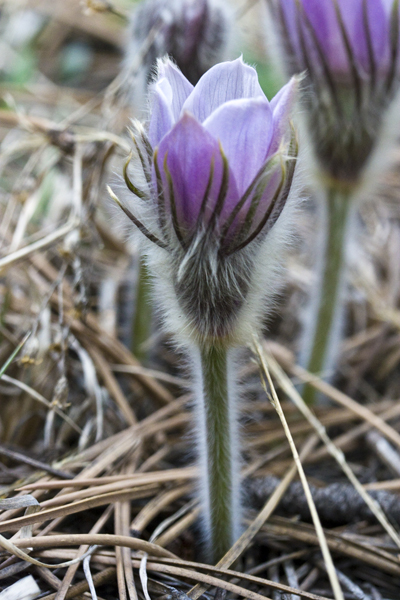
Furry Pasqueflower (Anemone pulsatilla)
Front Range spring peeping is quite rewarding now, as many early plants and seeds have returned from dormancy to establish their tiny gene survival platforms -- flowers. I found all of these early bloomers on Boulder's Homestead and Towhee trails. If you go out for a peek, be sure to print a free flower guide called Look Closely. It is a gift from Boulder's Open Space and Mountain Parks department, as is their on-line flower page called Fantastic Flora. Another excellent on-line flower site is simply called Southwest Colorado Wildflowers. Here's a wildflower bouquet from my recent wanderings...
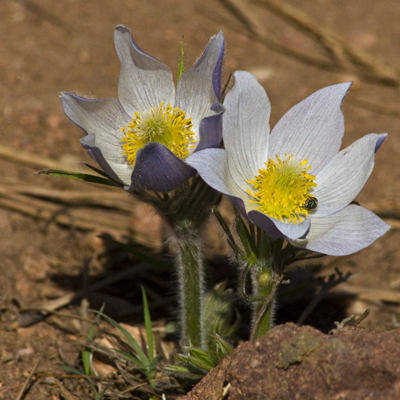
Pasqueflowers 39.941364,-105.26664
The pasqueflower (Anemone pulsatilla) was so named because it blossoms around Eastertime/Passover. Pasque is the Old French spelling for "Easter," and it is around this time of year that the plant blooms. Dakota Indians believed this buttercup's song encouraged other plants to awaken. It is also the South Dakota state flower. Patches of the flowers on their short, furry stems (that protect them from late spring snow) give an appearance of haze; for this reason the plant is also called prairie smoke. Other names are gosling flower, sandflower, windflower, wild crocus, and anemone. Beware of beautiful flowers. This one contains a poison called protoanemonin, and is an irritant when fresh; the crushed leaves were applied by Native Americans as a counter-irritant in cases of rheumatism and neuralgia.
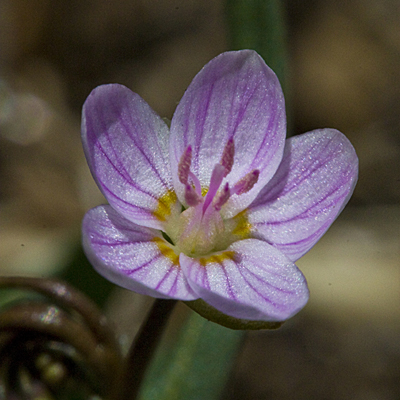
Spring Beauty 39.923108, -105.276800
Spring Beauty (Claytonia rosea) is abundant all over the Boulder trails now. Spring Beauties are often the first wildflowers to emerge here in Boulder. Small 1/4 inch flowers top a 2-4 inch tall, slender, arching plant with drooping, narrow leaves. Meriwether Lewis collected the first specimens of this plant in 1806.
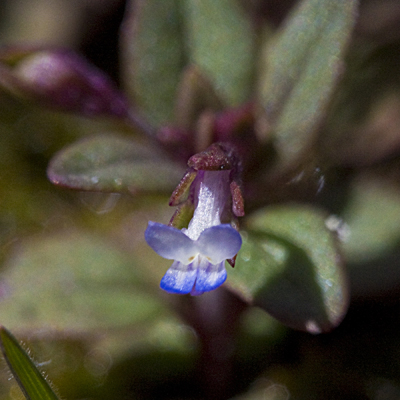
Maiden Blue Eyed Mary 39.99688,-105.302791
This tiny snapdragon is called a maiden blue eyed mary (Collinsia parviflora). It is a common plant throughout much of western and northern North America, where it grows in moist, shady mountain forests. This is an annual plant with small (1/8″) flowers on spindly reddish stems and narrow lance-shaped green leaves with edges that curl under.
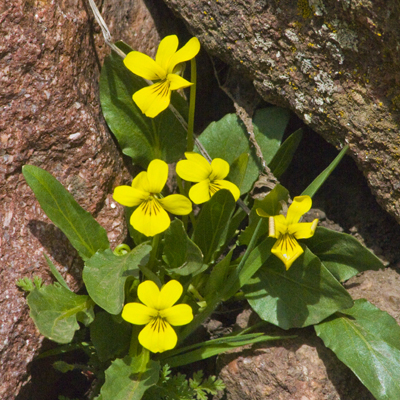
Nuttall's Yellow Violets 39.939208, -105.262241
There is an abundance of Nuttall's violets (Viola nuttallii Pursh) all over Boulder's Open Space. The genus name for violets is Viola, which is Latin for violet colored, so this bright yellow flower is an oxymoron. For Nuttall's violets, the only violet coloring is in the nectar guides - purple stripes on the bright yellow petals. Thomas Nuttall, for whom this violet was named, was an explorer, botanist, ornithologist, and ecologist of the western United States in the early 1800's. The flowers are on stems about the same length as the leaves, so the entire plant is about four inches tall. The leaves and flowers of Nuttall's violet are edible, and are high in vitamins A and C.
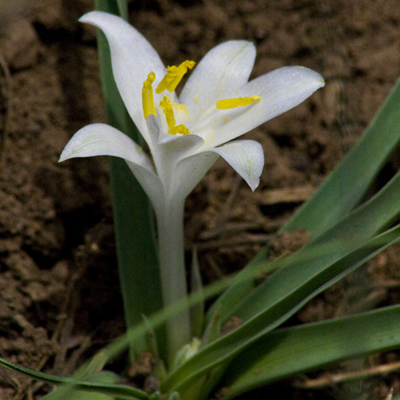
Sand Lily 39.939134,-105.266608.
I found my first
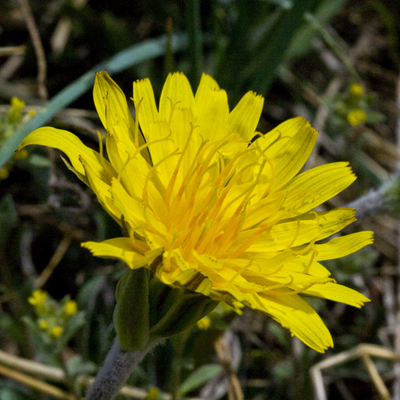
Salsify 39.938065,-105.266957
Salsify (Tragopogon dubius) brightens our open spaces with it's cheerful spring sunflowers. The generic name is derived from two Greek words tragos meaning "goat" and pogon meaning "beard," suggested by its prominent, feathery hairs when in seed. Later this season Salsify's yellow symmetrical flower gives way to a huge, puffy silver/white seed head that resembles a giant dandelion, with a large white puff-ball of plumed seeds. Salsify's roots are edible and for this reason it was introduced to America by early Europeans and has since spread widely. The genus was named by Linnaeus in 1753, and this species was first collected near the Adriatic Sea.
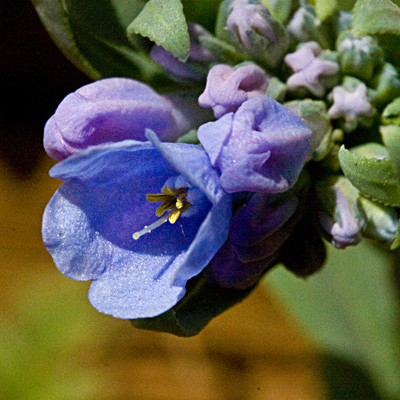
Lance-leaved Chiming Bells 39.942861,-105.266383
Lance-leaved chiming bells (Mertensia lanceolata) are in the Forget-Me-Not family, and are also known as a prairie bluebells. Bell flowers such as this species have evolved to protect nectar and pollen from rain and wind and at the same time guide the insect pollinator in an efficient path to these rewards.
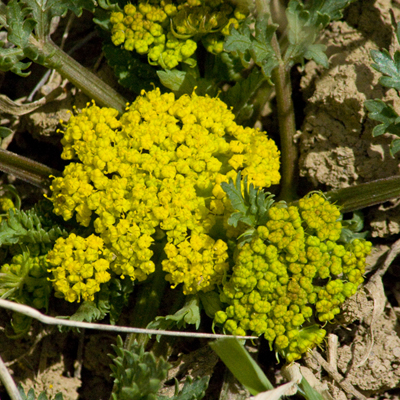
Biscuitroot 39.942959,-105.268078
Biscuitroot (Lomatium cous) is a member of the parsley family. The name biscuit root comes from its starchy edible roots. These are, or have been, traditional Native American foods, eaten cooked or dried and ground into flour. Some Native Americans ground Lomatium into mush and shaped into cakes and stored for later use. Their flavor has been compared to celery, parsnip, or stale biscuits.